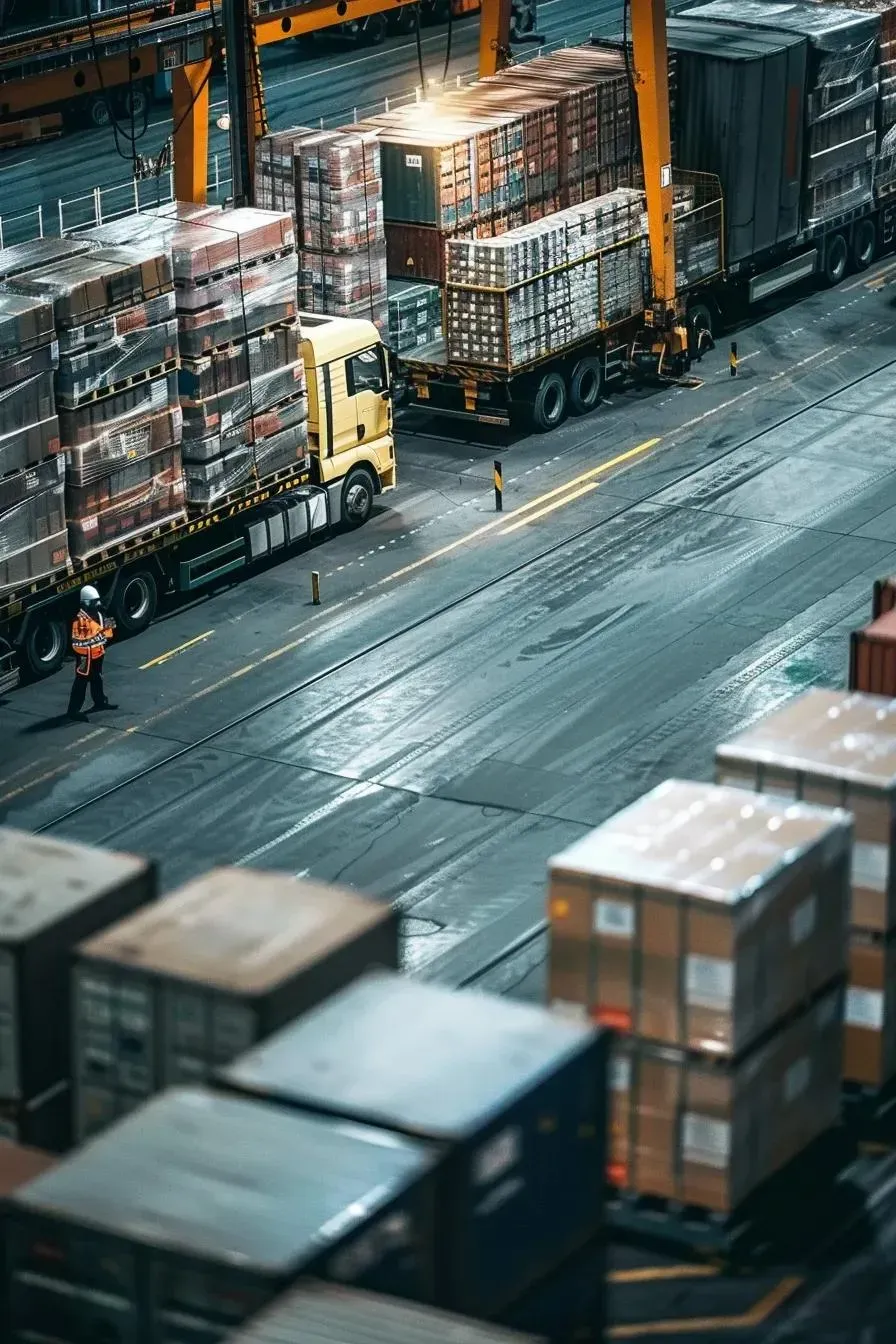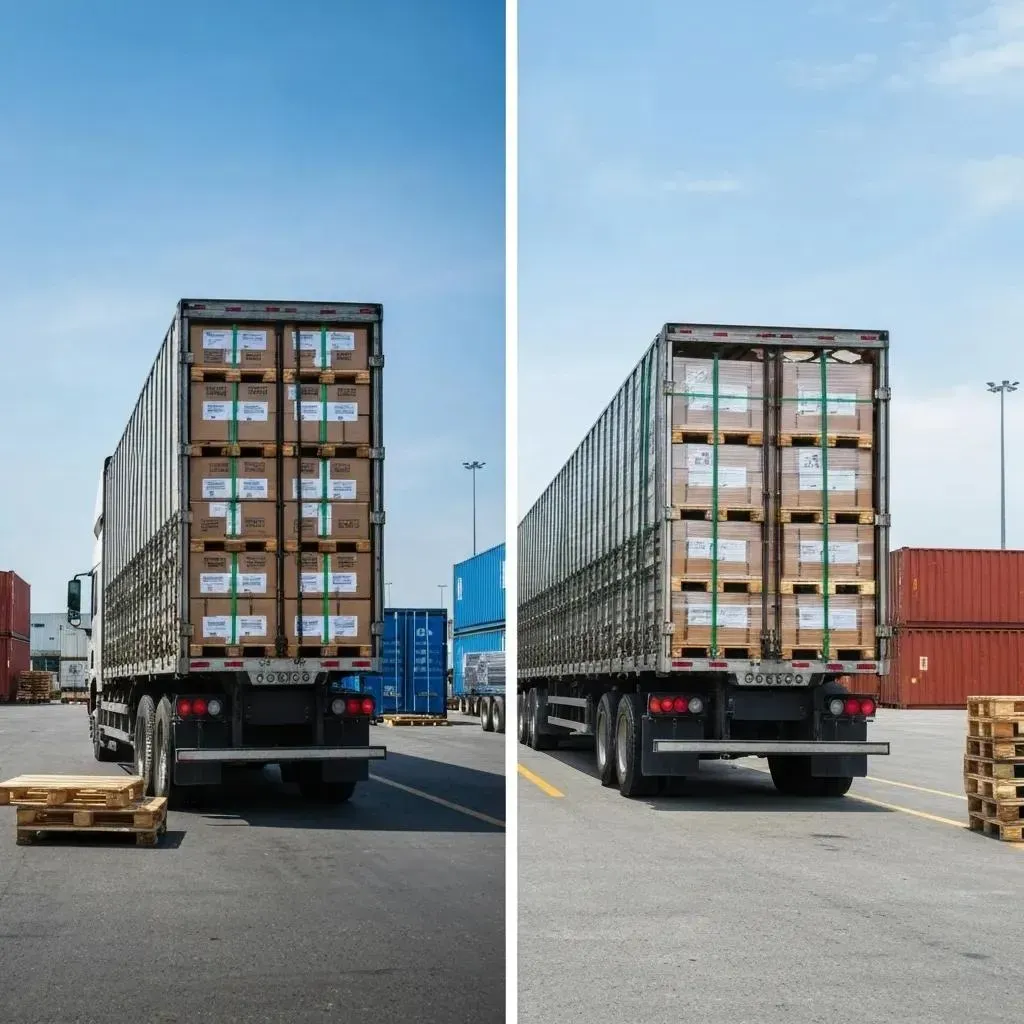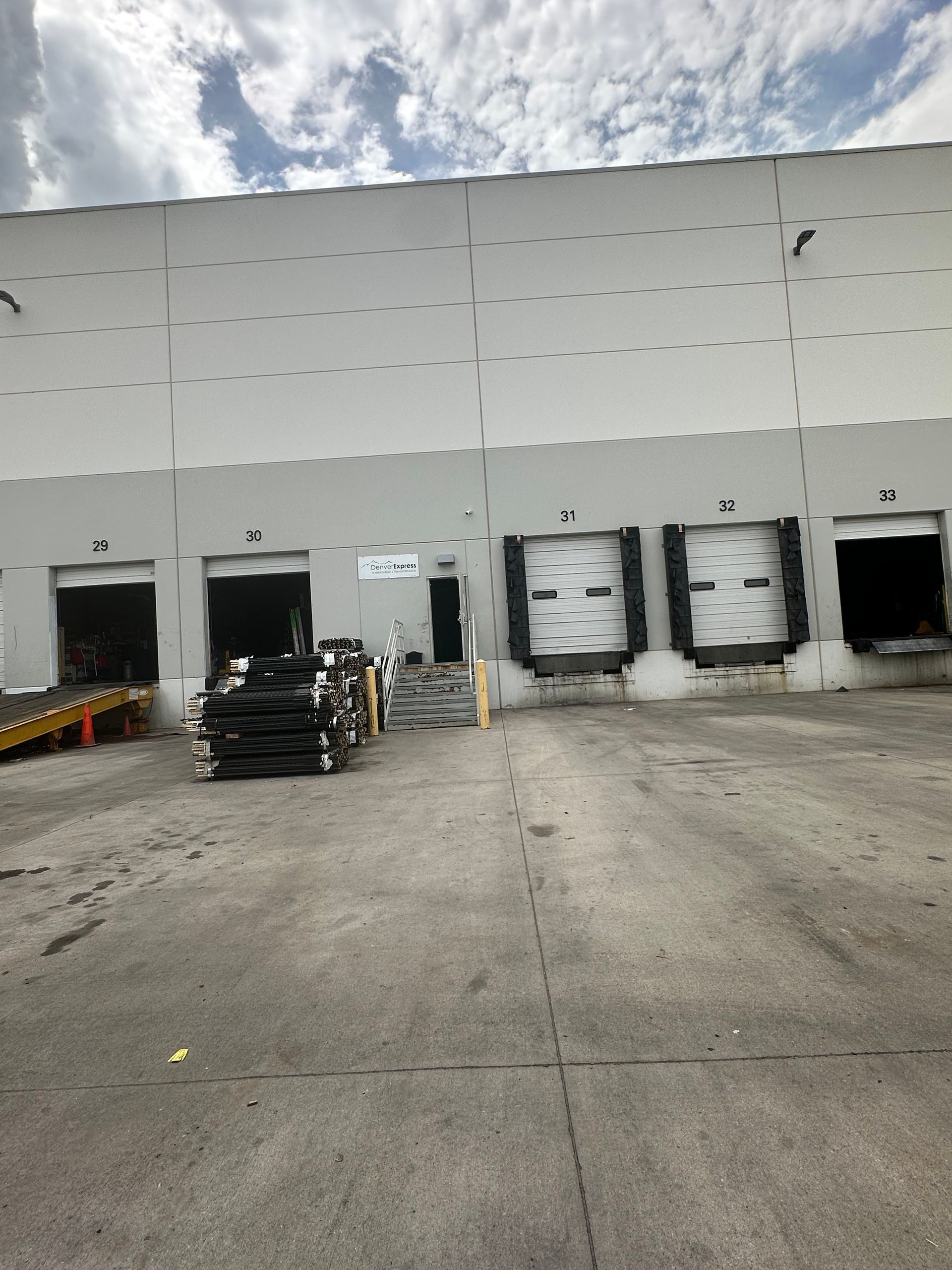Cross-Docking: Streamlining Your Supply Chain for Maximum Efficiency
What is Cross-Docking?
Cross-docking is a logistics practice where products from incoming trucks or railroad cars are directly loaded onto outbound trucks, trailers, or rail cars with minimal or no storage time in between. This streamlined approach has become a cornerstone of modern supply chain management, offering businesses a competitive edge in today's fast-paced market.
Key Benefits of Cross-Docking
Reduced Storage Costs: By minimizing or eliminating the need for warehouse storage, cross-docking significantly reduces inventory holding costs. Products move directly from receiving to shipping, freeing up valuable warehouse space for other operations.
Faster Delivery Times: With products spending less time in transit and storage, cross-docking enables faster delivery to end customers. This speed is crucial for time-sensitive goods and meeting customer expectations in the age of same-day and next-day delivery.
Lower Labor Costs: Traditional warehousing requires extensive labor for receiving, put-away, picking, and shipping. Cross-docking streamlines these processes, reducing the number of touches and the associated labor costs.
Types of Cross-Docking Operations
Pre-Distribution Cross-Docking: Products are pre-allocated to customers before arriving at the cross-dock facility. Upon arrival, they're immediately sorted and loaded for final delivery.
Post-Distribution Cross-Docking: Products arrive at the facility without predetermined destinations. They're sorted and allocated based on current demand and then shipped to their final destinations.
Consolidation Arrangements: Multiple smaller shipments from various suppliers are combined into larger, more economical loads for delivery to specific regions or customers.
Industries That Benefit Most from Cross-Docking
Retail chains utilize cross-docking to maintain fresh inventory and reduce storage costs. The automotive industry relies on it for just-in-time manufacturing processes. Food and beverage companies use cross-docking to ensure product freshness and reduce spoilage.
E-commerce businesses have particularly embraced cross-docking to meet demanding delivery expectations while maintaining cost efficiency. By partnering with strategically located cross-dock facilities, online retailers can offer faster shipping without maintaining extensive warehouse networks.
Integration with Other Services
Cross-docking works exceptionally well when combined with other logistics services. Many facilities now offer complementary services such as rework and repackaging services , allowing products to be prepared for final delivery during the cross-docking process. This integration further streamlines the supply chain and adds value without significant delays.
Additionally, cross-docking facilities often work in tandem with traditional warehousing solutions to provide flexible options for different product types and seasonal demands. This hybrid approach allows businesses to optimize their logistics strategy based on specific product requirements and market conditions.
Making Cross-Docking Work for Your Business
Successful cross-docking implementation requires careful planning and coordination. Key factors include accurate demand forecasting, reliable transportation partners, and sophisticated warehouse management systems. The facility layout must be optimized for rapid product flow, with adequate dock doors and staging areas.
Technology plays a crucial role, with real-time tracking systems and automated sorting equipment enhancing efficiency and accuracy. Communication between all supply chain partners must be seamless to ensure products arrive and depart on schedule.
Conclusion
Cross-docking represents a powerful strategy for businesses looking to optimize their supply chain operations. By reducing storage time, cutting costs, and accelerating delivery speeds, it provides a competitive advantage in today's demanding marketplace. When combined with complementary services like rework capabilities and strategic warehousing, cross-docking becomes part of a comprehensive logistics solution that drives business success.




















